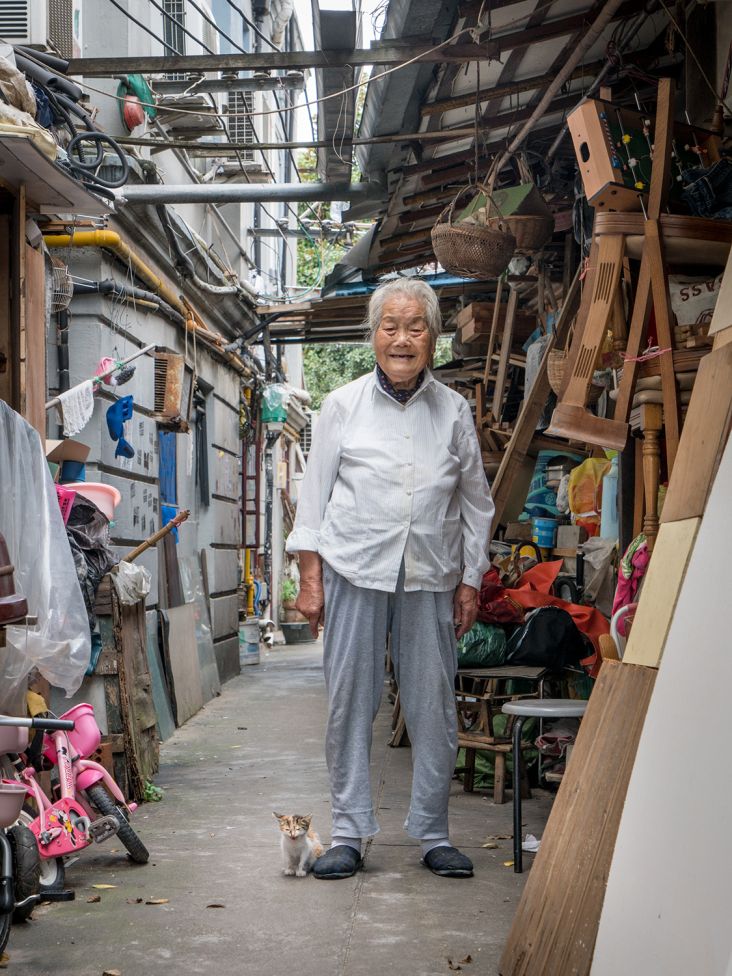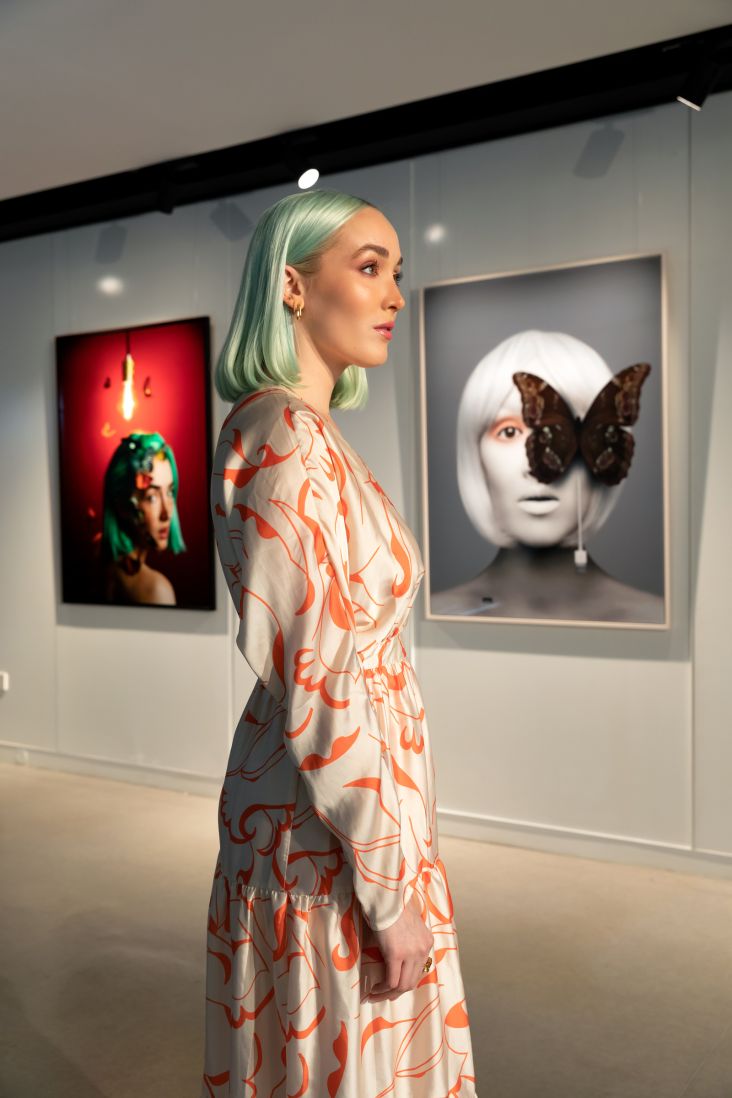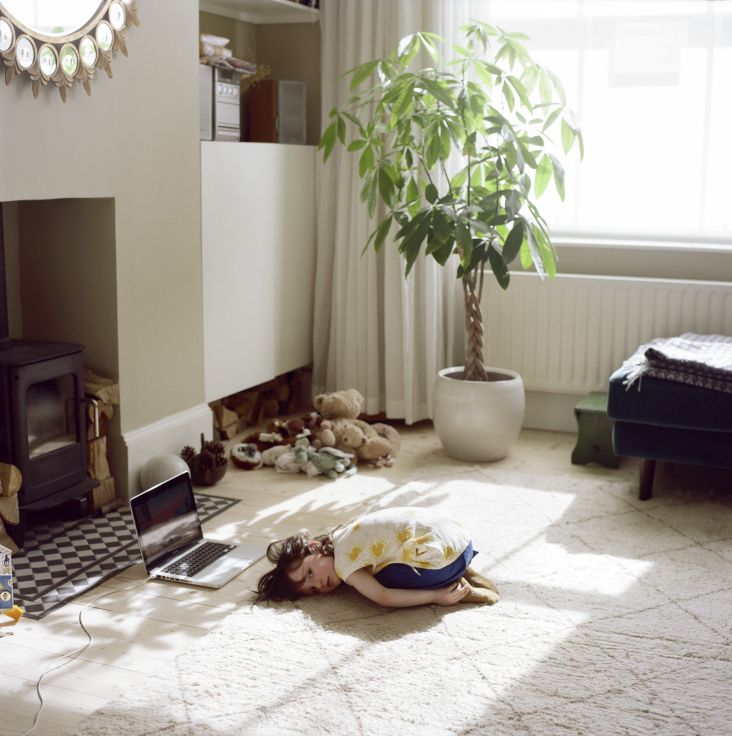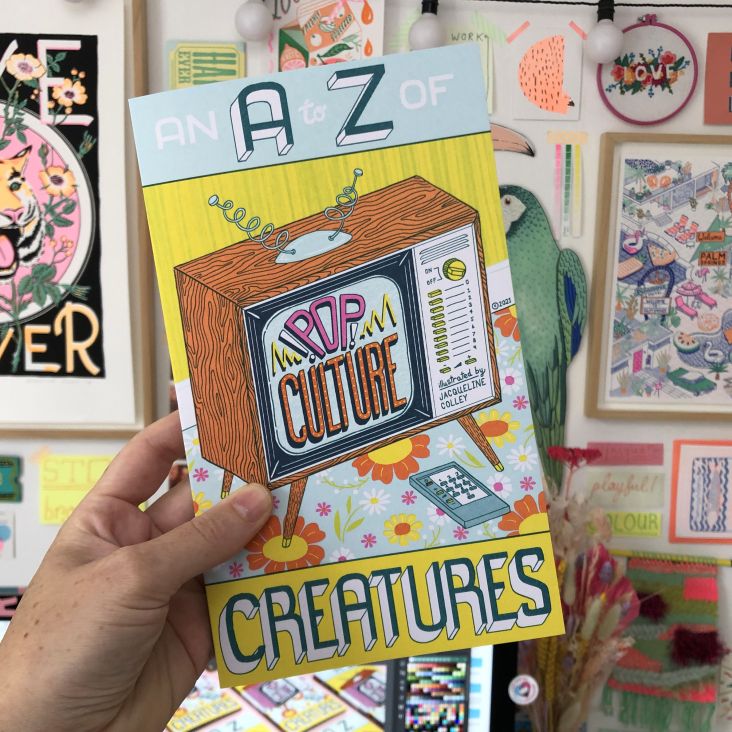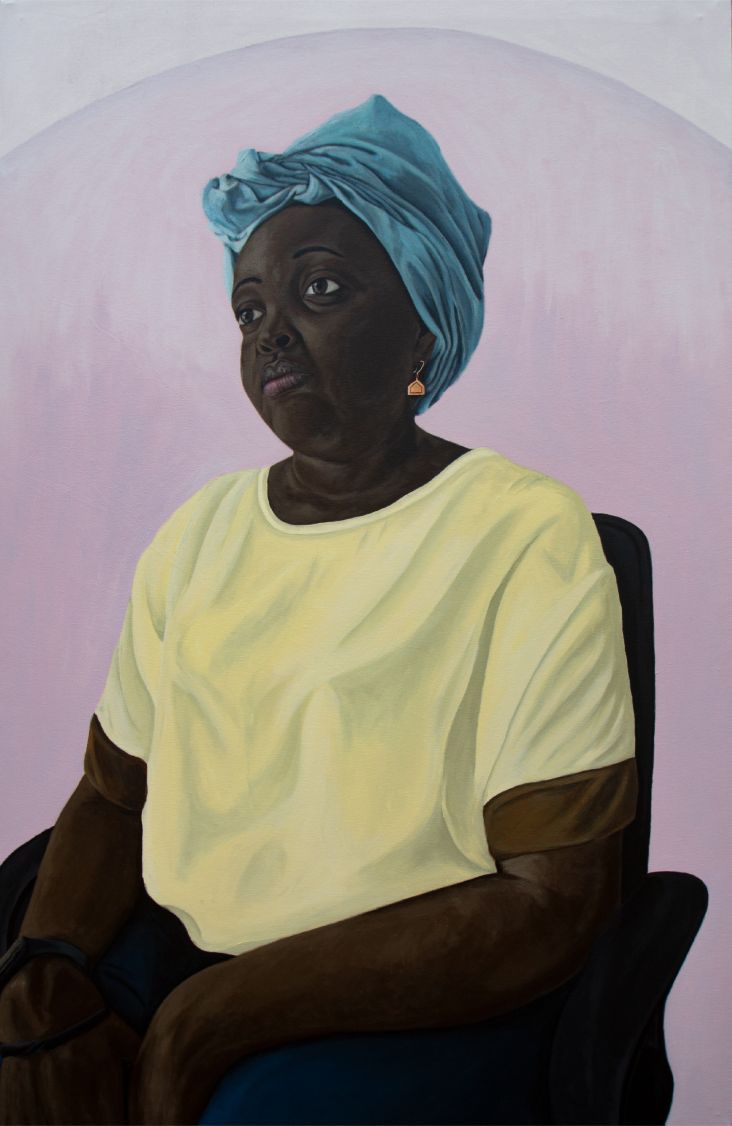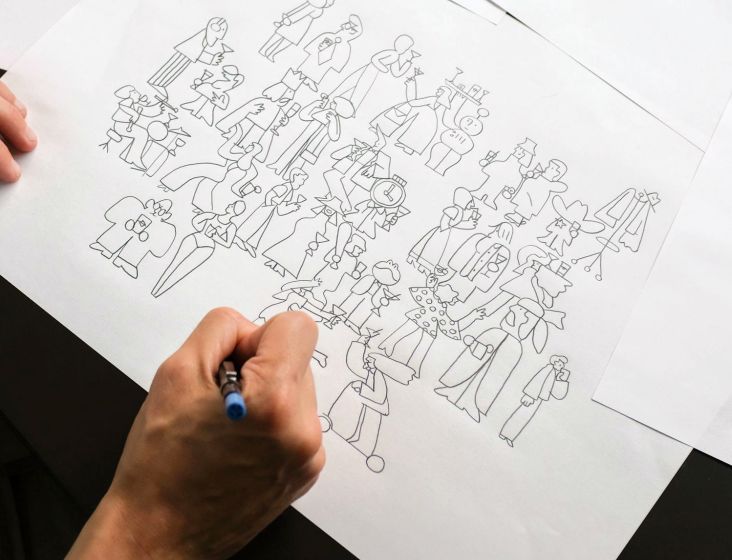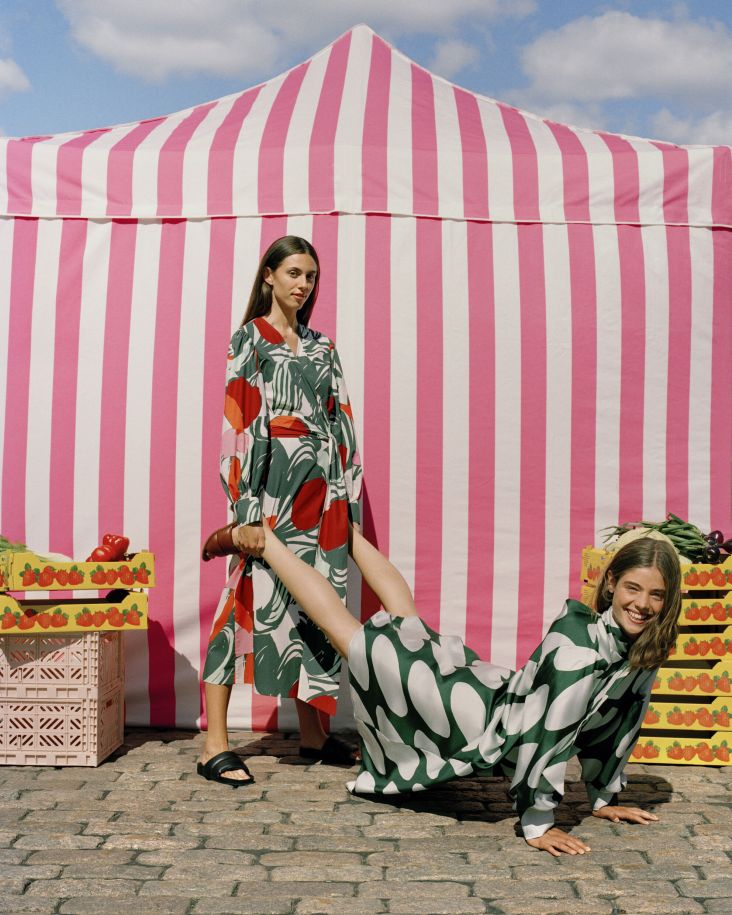'There is no one to listen and provide a platform': Justin Keene discusses the importance of representation and ethics in photography
Through his impactful ongoing series, It Must Be Built From The Ashes, the photographer challenges the media's portrayal of Cape Town's youth.
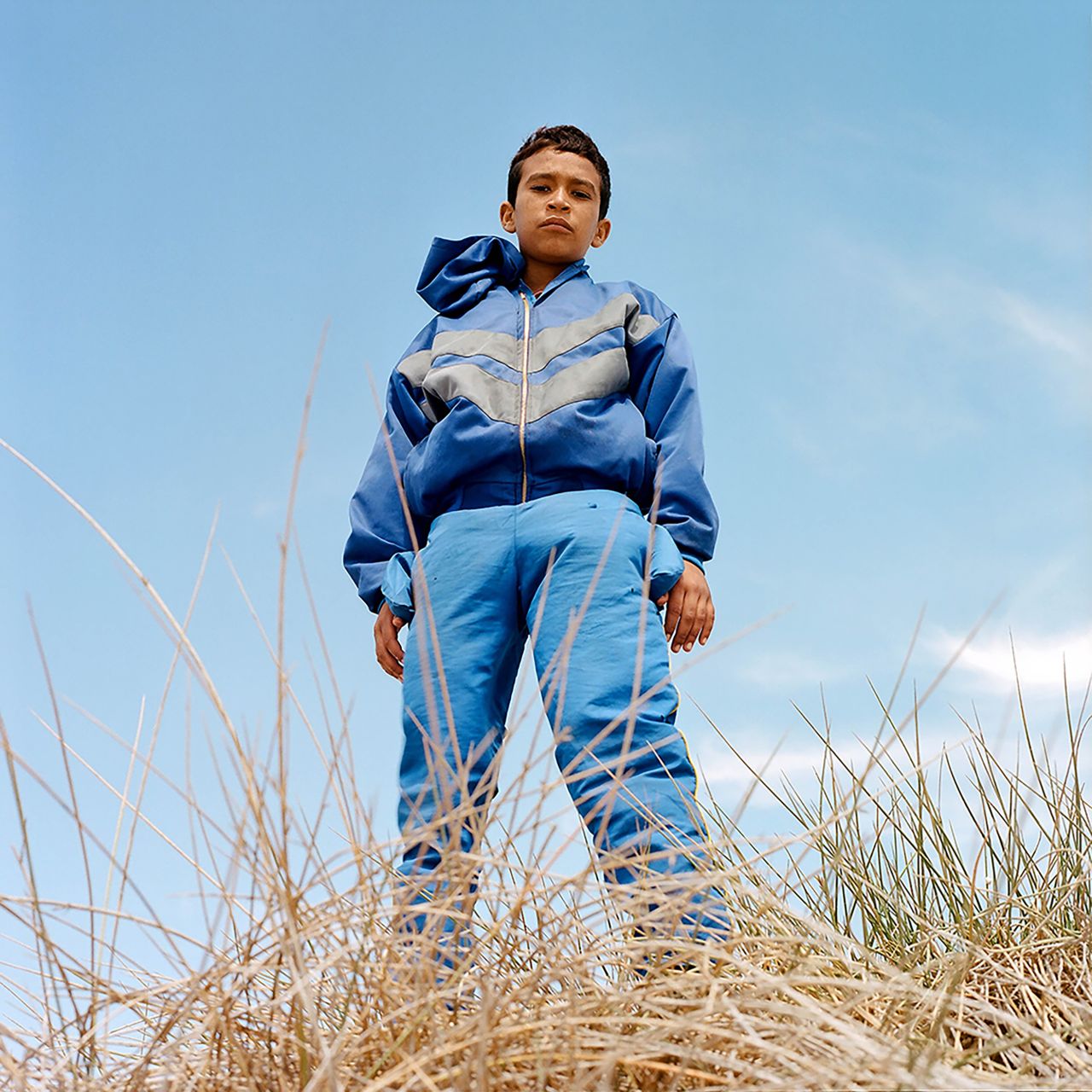
Devin J Keene © Justin Keene
What is the role of photography? For documentary photographer Justin Keene, he views it as a means of telling stories. This becomes evident as you meander through the ongoing project It Must Be Built From The Ashes, a photographic series that lenses educational inequalities and youth in Mitchells Plane – a township located on the outskirts of Cape Town built in the 1970s as a relocation area during apartheid.
Justin, born to South African parents, grew up mostly in Hampshire and studied Philosophy at Edinburgh University, followed by a law conversion course in London. Travelling to South Africa at any opportunity during the holidays, he never counted himself as someone who knew precisely what they wanted to do in life – hence his decision to work in the corporate world before venturing into image-making. After which, he kicked off several photographic projects in South Africa, highlighting topics such as identity, representation and ethics as he constructed his powerful narratives. Below, we chat with Justin to learn more about his journey to date, his role as a photographer and the importance of honest storytelling.
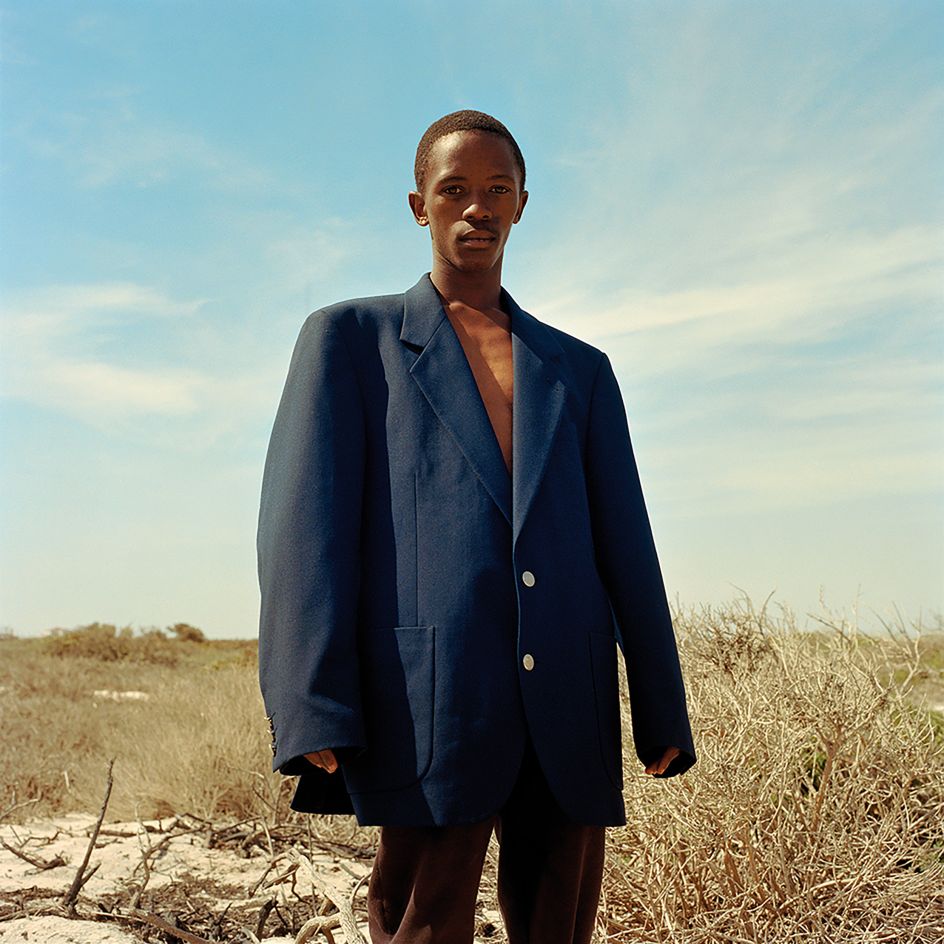
Elmarco J Keene © Justin Keene
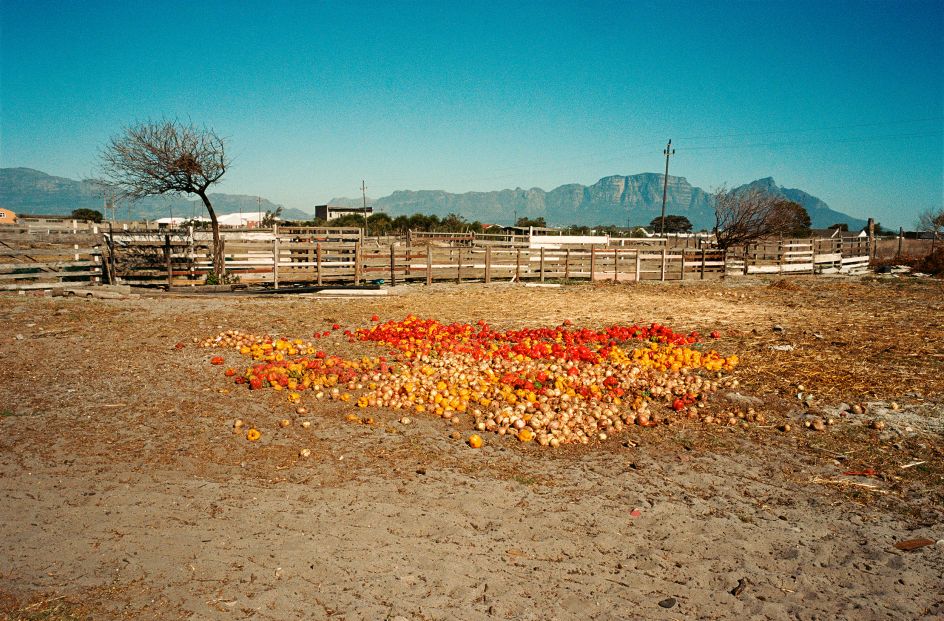
Farm J Keene © Justin Keene
What drew you towards photography?
Having this personal connection with South Africa gave me an urge to find out more about the country, its history and how I could position imagery in relation to that. To be honest, I didn't much consider other types of media as if there was a choice. My decision process was: I have a passport, a camera, and I can travel around South Africa. Logistically, it was possible for me to make work in South Africa, so I left London and started working on a couple of projects with which I had a connection.
Where do you find your inspiration?
Mainly other people's work. You are always your own worst critic, but I have gained so much aesthetic knowledge just by looking at other people's photography – observing how they read a situation, play with light and choose to photograph it. I can't say I have a 'favourite' photographer. Still, there are some people whose work I am interested in: Pieter Hugo, David Goldblatt and Sue Williamson, in particular, who are South African photographers.
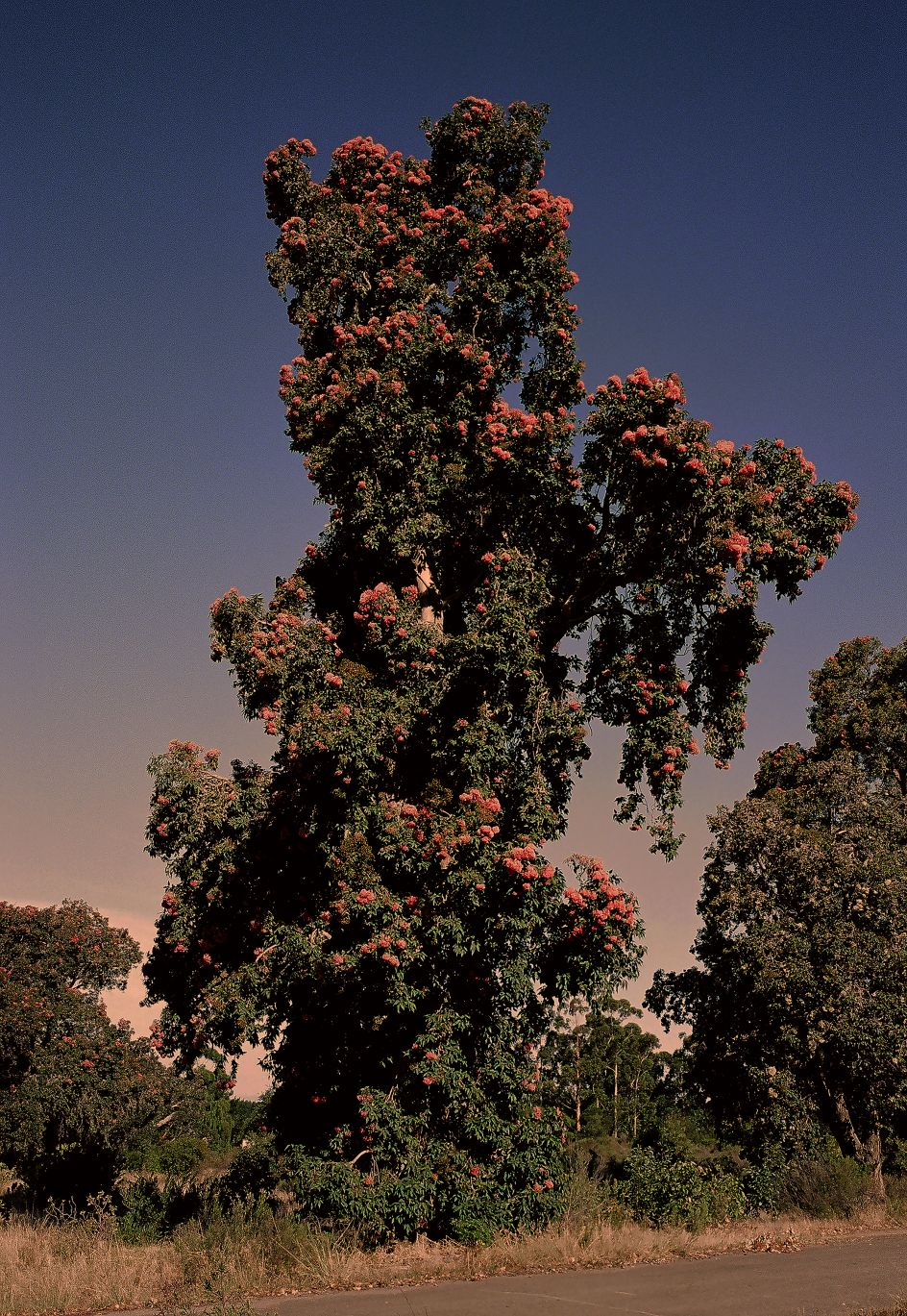
Flowering Gum J Keene © Justin Keene
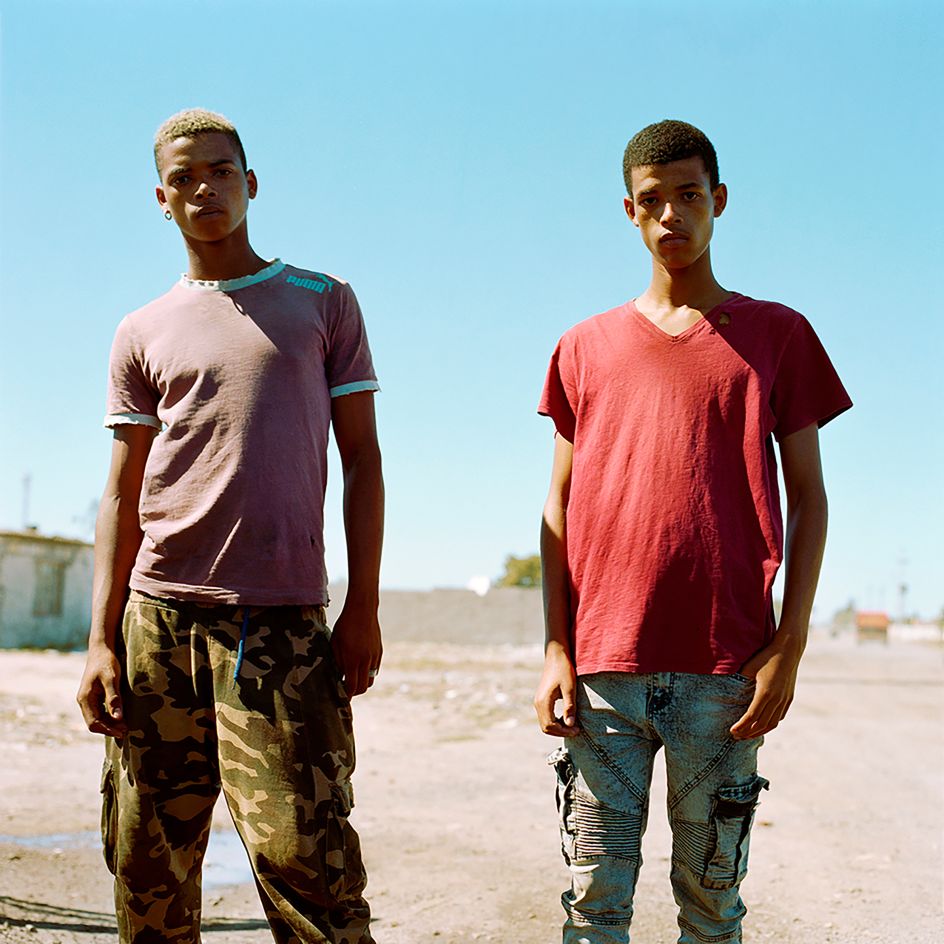
Fransman Brothers J Keene © Justin Keene
When and why did you start It Must Be Built From The Ashes? What's it about?
The project started from meeting some young guys in Hout Bay, near Cape Town, who found out I was a photographer. They were keen to help me out with stories of people in the local area, so we started making work around people in Hout Bay – mainly on gang culture and how the remnants of apartheid are still being played out in the country. At this point, you come to an ethical juncture; I didn't want to be another white photographer making work around cultures I wasn't part of, so I took a step back and thought about what I was doing.
I then met someone who suggested that we go to Mitchells Plain instead, where he wanted to introduce me to one of his friends. I had heard of Mitchells Plain, mostly because it is known for its violent gang culture, but also because it was also the main resettlement area for non-white people who were moved from Cape Town's city centre under apartheid. The work was borne out of an idea of trying to confront mainstream media portrayals of the area while battling my own preconceptions – the concept of the project is to get to know people outside of the gangs and focus on their stories growing up alongside such a dominant culture that shapes everybody's lives.
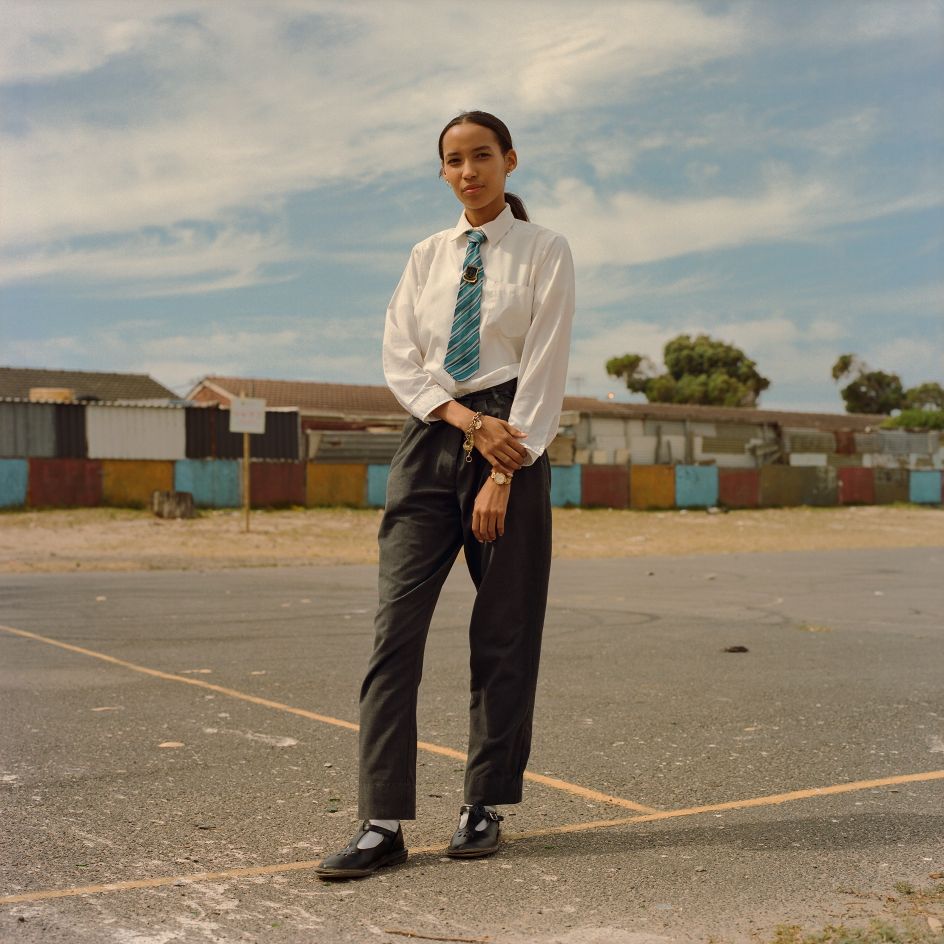
Juliet J Keene © Justin Keene
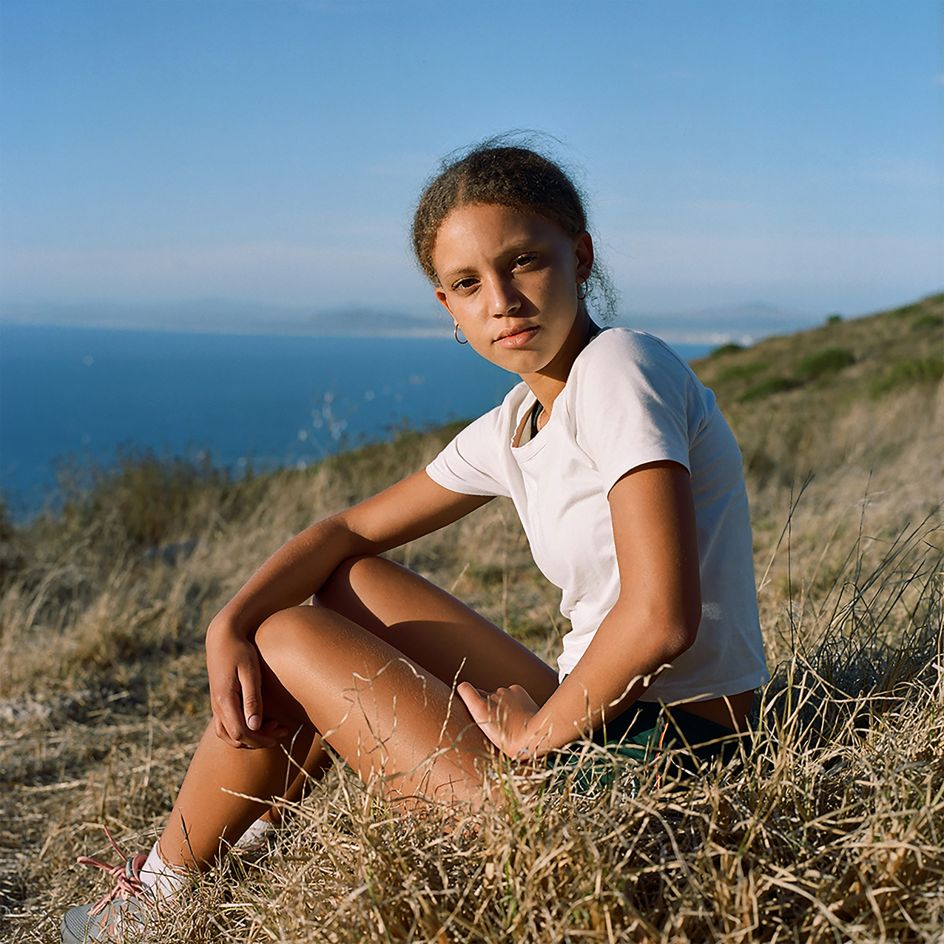
Nina J Keene © Justin Keene
What was the process like while making the project?
I was working alongside a friend who knew the area and was able to introduce me to people. At first, I wouldn't take a camera or any equipment, but rather I'd talk and learn more about peoples' lives; I was trying to relate my own process of growing up and becoming my own person to an equivalent age group of people in South Africa, in a way that combatted the typical portrayals of the area and imagery often associated with South Africa's traditional 'struggle photography'. I would travel out to Mitchells Plain in an old Mercedes Sedan that I had rented – I think the young people liked the car and wanted to join for the day riding around and talking, as most people were out of work. We formed a good group, exchanging ideas and thinking about who to photograph. It was a real collaborative process.
Can you pick out a couple of favourite moments from the series?
I most enjoy making the portraits, particularly of Elmarco, Juliet and Lucian and Ferousa. The hard part of portrait photography, in my opinion, is to get the message of the people across through the work. We spent a while chatting and finding the right moment to take the photographs, and when they had settled, relaxed and opened up a bit, we started to make the images. With Juliet, my friend and I were chatting to some students who had just left school; Juliet came up and asked if I was a photographer and whether I could take her portrait. She is a really striking character with a beautiful aura and jewellery, so I hope I have done her portrait justice.
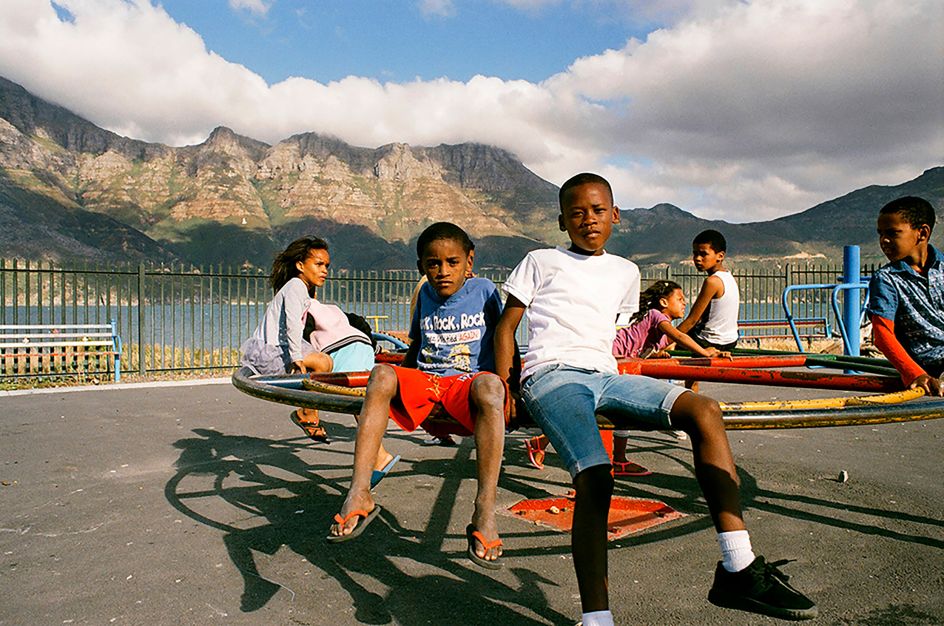
Playground J Keene © Justin Keene
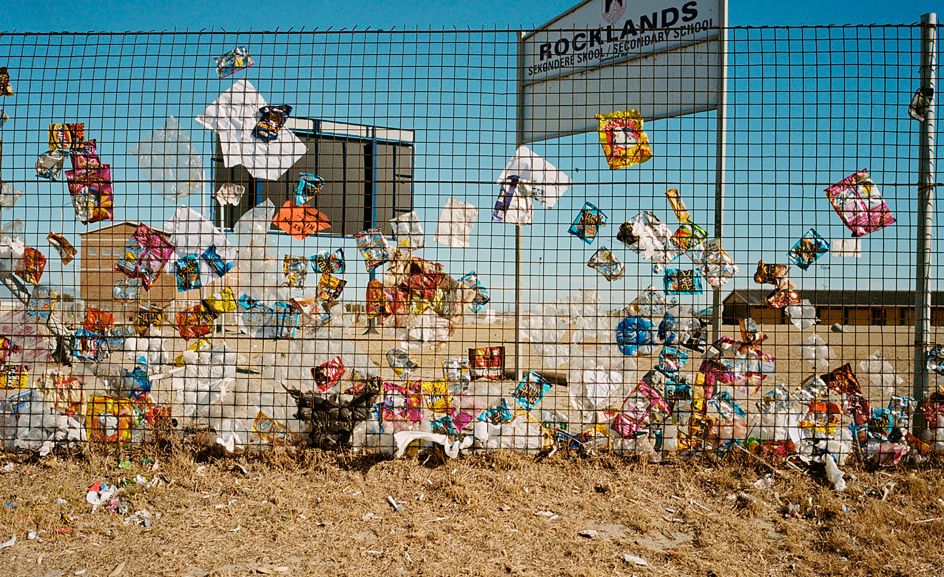
School Fence J Keene © Justin Keene
How do you hope your audience will respond to your work?
As mentioned already, it is difficult to make work in South Africa, as there is often criticism regarding your social position and issues of exploitation. I have had many conversations with lots of different people both here and in South Africa about this with mixed responses. After lots of back and forth, I make peace with the issues by acknowledging the challenges of this kind of work and making sure that what I am doing benefits the people I'm working with while allowing for a memorable experience that in some way helps people.
I know it's a bit of a cliché, but many people in areas like Mitchells Plain want their stories to be told and heard, but there is often no one to listen and provide a platform. In this regard, I like to provide equipment to young students of photography to continue to make their own stories. Some great work is coming out of Cape Town with some talented photographers; it is an exciting place to create work.
What's next for you?
Next week, I am exhibiting two images from this series at Photo Tallinn in Estonia with Marie Gomis-Trezise from Galerie Number 8 in Brussels. Messums, who represents me in London, is launching a new photographic department at Photo London, Somerset House, which will show images from It Must Be Built From Ashes. I have been in South Africa for much of the last year working on a new body of work centred on early diamond mining called Walls in the Riverbed, and I'm currently putting a book dummy together with Lisa Barnard from The University of South Wales with the view of publishing my first photo book.

Television J Keene © Justin Keene




 by Tüpokompanii](https://www.creativeboom.com/upload/articles/58/58684538770fb5b428dc1882f7a732f153500153_732.jpg)


 using <a href="https://www.ohnotype.co/fonts/obviously" target="_blank">Obviously</a> by Oh No Type Co., Art Director, Brand & Creative—Spotify](https://www.creativeboom.com/upload/articles/6e/6ed31eddc26fa563f213fc76d6993dab9231ffe4_732.jpg)








